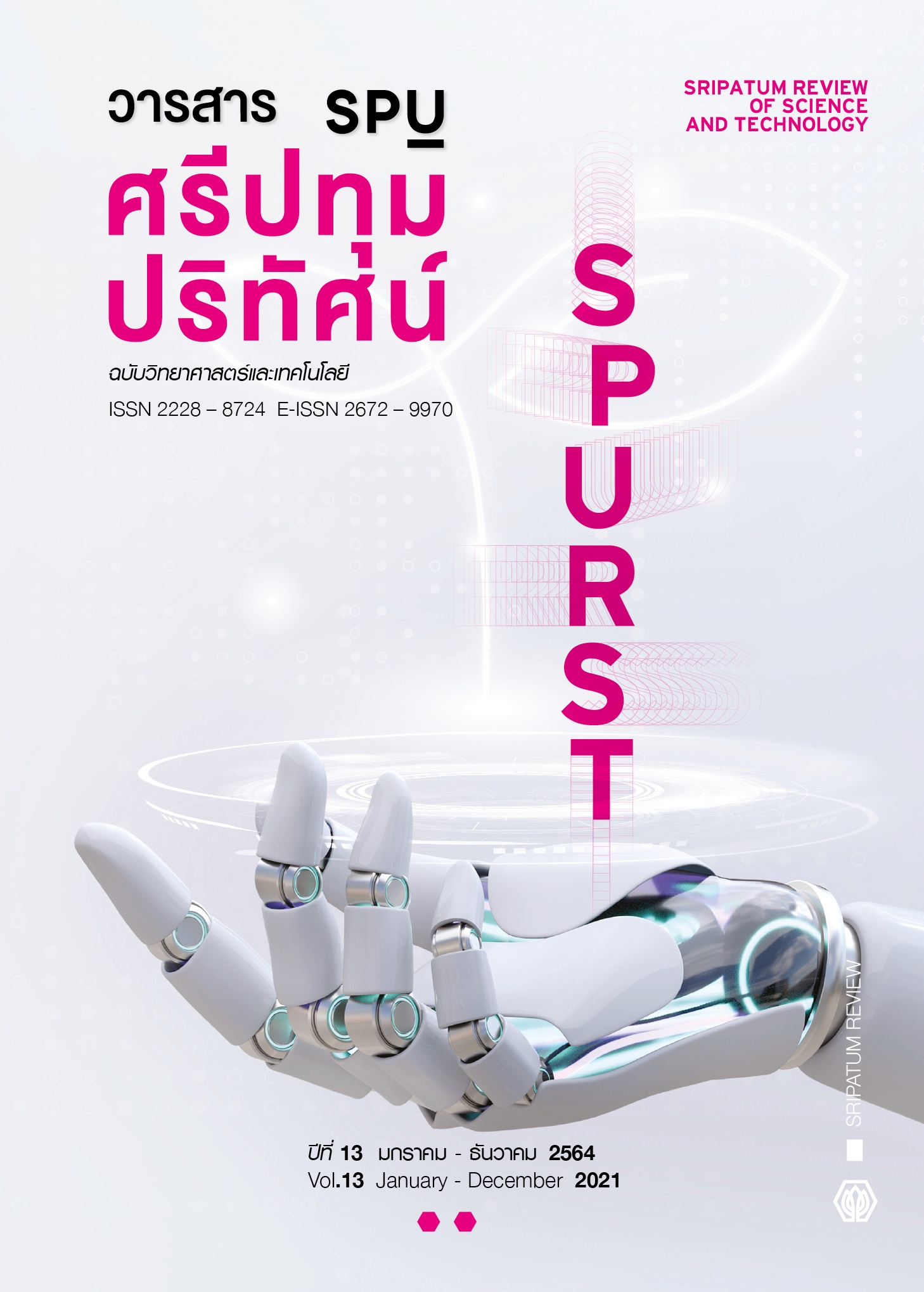Application of Adaptive Neuro-Fuzzy Inference Systems for Evaluating Time Contingency in Tunnel Construction Project
Main Article Content
Abstract
The objective of this research is to study the Time Contingency of the project in case of lag time from the risk event of the activities in the tunnel construction project by the method of drilling and blasting. This research applied the Adaptive Neuro-Fuzzy Inference Systems (ANFIS) with the Critical Path Method (CPM) in order to be used as a tool for predicting the probability of risk event, based on 5 experts of the Nam Theun 1 Hydropower Construction Project. Predicting the probability of risk events by considering the factors which cause risk in various cases. Furthermore, importing data in the ANFIS system would be divided into three data sets: A, B, and C. Each set would be divided into two parts which were used for learning and testing. Then, choosing the most accurate data set by considering the Root Mean Square Error (RMSE), the results showed that data set B had the smallest RMSE which was appropriate to use. When applied to the real construction project, the results showed that the duration of the general CPM method was 122 days. The duration of combined risk planning with ANFIS was 172 days and the actual construction duration was 175 days. When comparing to the results, the planning duration with ANFIS is close to the actual construction duration. Therefore, this method can be effectively applied to the tunnel construction by the method of drilling and blasting.
Article Details
References
Ebrat, M. and Ghodsi, R. (2011). Risk Assessment of Construction Projects using Network based Adaptive Fuzzy System. International Journal of Academic Research, 3, 411-417.
Kaewprasit, R. and Mungsing, S. (2015). Semantic Decision Making based on Adaptive Neuro-Fuzzy Rules for Blood Diagnosis. Sripatum Review of Science and Technology, 7, 47-60. (in Thai)
Nontarungsee, S. and Pawan, P. (2016). Application of ANFIS for Evaluating the Strength of the Concrete Road During Construction. Sripatum Review of Science and Technology, 8, 79-87. (in Thai)
Pawan, P. and Rujirayanyong, T. (2019). Contingency Estimation based on Risk Events of Tunnel Construction: Case study Nam Theun 1 Hydropower Project. The Proceedings of the 4th RSU International Research Conference, 26 April 2019 at RSU, 364-374.
Pookyapon, S., Pawan, P. and Yomnak, T. (2015). Application of Expert Systems for Selecting Wall Systems. Sripatum Review of Science and Technology, 7, 61-69. (in Thai)
Promsiri, A. and Pawan, P. (2018). Lag Time in Project Scheduling Network with respect to Risk event of Weir Construction. Sripatum Review of Science and Technology, 10, 198-210. (in Thai)
Song Da 9 Join Stock Company. (2016). NAM THEUN 1 Hydropower Plant [Online]. Retrieved March 15, 2020, from: http://www.songda9.com/nam-theun-1-hydropower-plant-27834.
Tavakoli, R., Sharifara, A. and Najafi, M. (2020). Artificial Neural Networks and Adaptive Neuro-Fuzzy Models to Predict Remaining Useful Life of Water Pipelines. World Environmental and Water Resources Congress 2020, 17-21 May 2020 at Henderson, Nevada, 191-204.
Zhang, Z., Ding, D., Rao, L. and Bi, Z. (2006). An ANFIS Based Approach for Predicting the Ultimate Bearing Capacity of Single Piles. GeoShanghai International Conference 2006, 6-8 June 2006 at Shanghai, China, 159-166.


